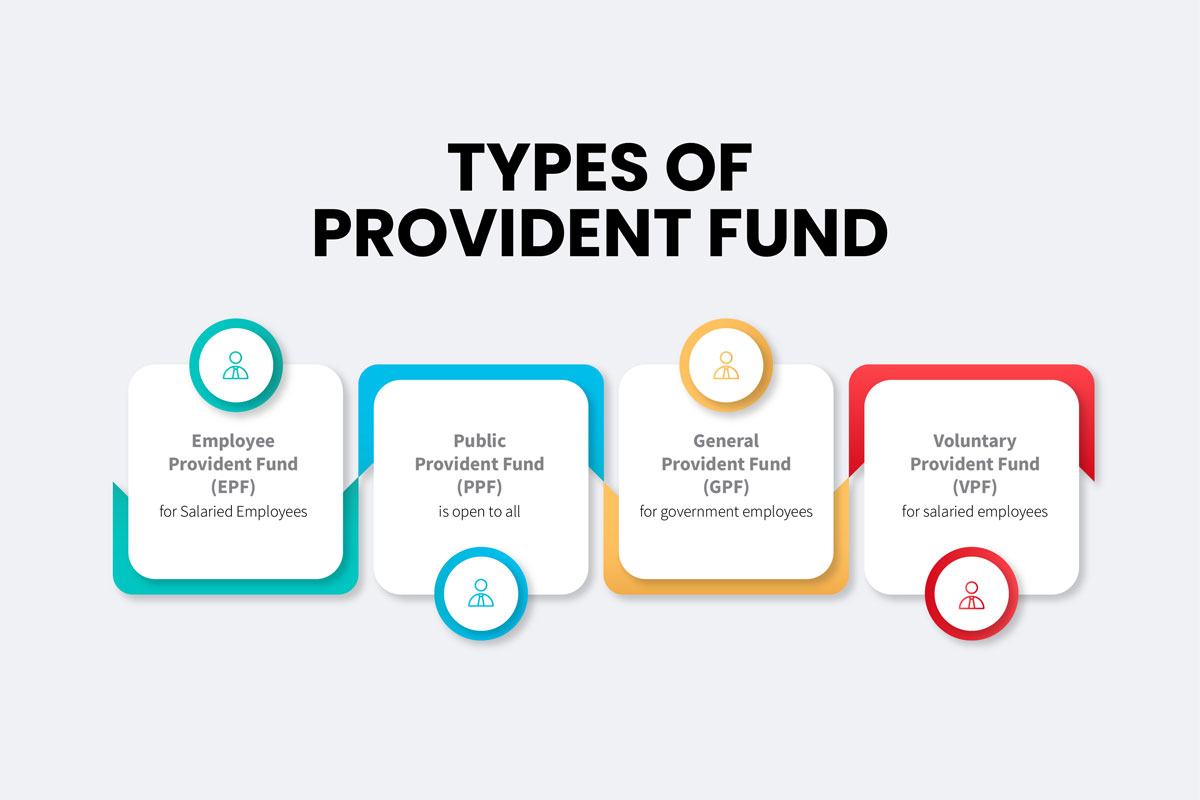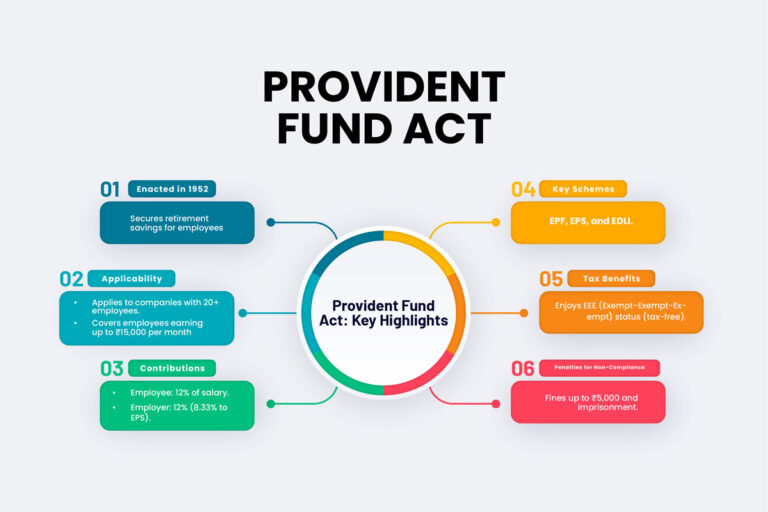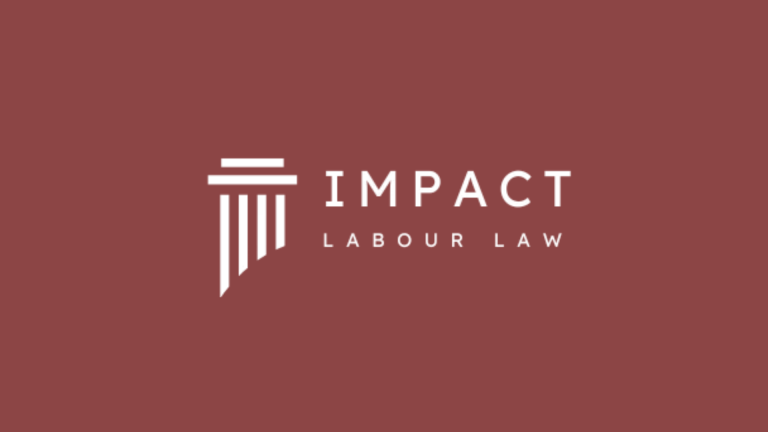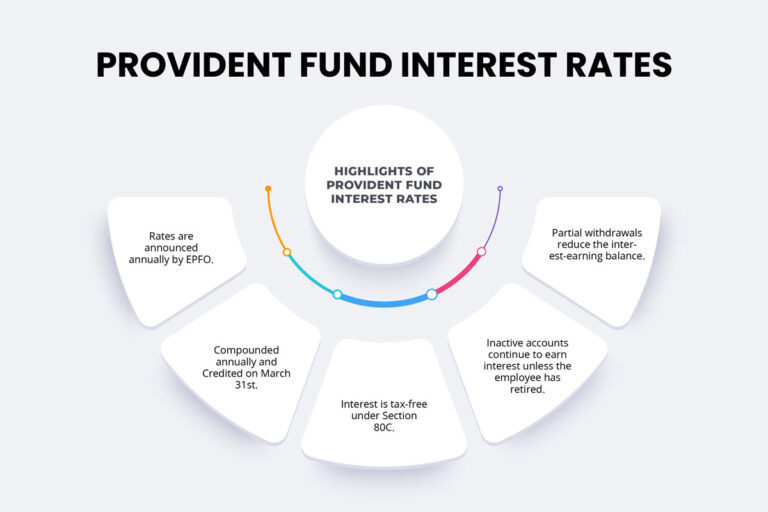
Planning for retirement is a critical financial goal, and choosing the right provident fund can significantly impact your savings. Several Types of Provident Fund (PF) schemes are available in India, each designed to cater to different workforce sectors, including government employees, private sector employees, and self-employed individuals. In this article, we will explore the types of provident funds, their eligibility, contribution structures, tax benefits, and more to help you make an informed choice.
Provident fund saving schemes are backed by the government, and employees and employers contribute to a pool of funds to support the employee after retirement. Choosing the correct type of provident fund is important to maximise retirement benefits and tax advantages.
There are four primary types of Provident Fund schemes in India:
- Employee Provident Fund (EPF)
- Public Provident Fund (PPF)
- General Provident Fund (GPF)
- Voluntary Provident Fund (VPF)
Each type of provident fund has its own eligibility criteria, benefits, and rules regarding contributions and withdrawals.
Employee Provident Fund (EPF)
The Employee Provident Fund (EPF) is a mandatory savings scheme under the Employees’ Provident Fund and Miscellaneous Provisions Act, 1952, designed for salaried individuals working in the organised sector. The employer and employee contribute to the fund, and the accumulated balance earns interest.
Eligibility and Contribution Structure for EPF:
- Eligibility: Any organisation with 20 or more employees must register for EPF, and all employees earning below ₹15,000 per month are mandatorily enrolled.
- Contribution: Employees and employers contribute 12% of the employee’s basic salary and dearness allowance. While the employee’s entire contribution goes to EPF, only 3.67% of the employer’s contribution goes to EPF, and 8.33% goes to the Employees’ Pension Scheme (EPS).
Features and Benefits of EPF:
- Retirement Savings: The EPF offers a secure source of savings, growing with an interest rate of 8.25% for the financial year 2023-24.
- Tax-Free: Contributions and interest earned are tax-exempt under Section 80C of the Income Tax Act.
- Portability: The Universal Account Number (UAN) ensures that the EPF account can be transferred easily when changing jobs.
Withdrawal Rules of EPF:
- Partial Withdrawal: Allowed for specific purposes such as home purchase, medical emergencies, or higher education.
- Full Withdrawal: Allowed at age 58 or after two months of unemployment.
Public Provident Fund (PPF)
The Public Provident Fund (PPF) is a voluntary savings scheme available to all Indian citizens, including self-employed individuals. It was introduced in 1968 to encourage long-term savings with tax benefits.
Eligibility and Contribution Structure for PPF:
- Eligibility: Open to all Indian citizens; NRIs are not eligible to open new PPF accounts but can maintain existing ones.
- Contribution: A minimum of ₹500 and a maximum of ₹1.5 lakh can be contributed annually, with a lock-in period of 15 years.
Features and Benefits of PPF:
- Risk-Free Returns: PPF offers a guaranteed return with an interest rate of 7.1% for the second quarter of the financial year 2024-25, reviewed quarterly by the government.
- Tax Benefits: Rs.1,50,000 annual contributions to PPF are tax-deductible under Section 80C. Interest earned and the maturity amount are tax-exempt.
- Extension: PPF accounts can be extended in blocks of 5 years after the initial 15-year lock-in period.
Withdrawal Rules of PPF:
- Partial Withdrawal: Allowed from the seventh year onwards.
- Full Withdrawal: Allowed after 15 years or after the extended block period if chosen.
General Provident Fund (GPF)
The General Provident Fund (GPF) is a savings scheme available only to government employees in India. It is a compulsory contribution fund for central government employees, state governments, and defense services.
Eligibility Criteria for GPF:
- Eligibility: Only government employees are eligible to contribute to GPF.
- Contribution: Employees contribute a fixed portion of their salary (between 6% and 100% of their basic salary), and the government does not contribute.
Features and Benefits of GPF:
- Guaranteed Returns: The interest rate on GPF is usually aligned with government bonds and currently stands at 7.1% for the financial year 2023-24, as announced by the Ministry of Finance in January 2024.
- Tax Exemption: Rs.1,50,000 annual contributions are deductible under income taxsection 80c, and the interest earned is also tax-free.
- Loan Facility: Employees can take loans against their GPF balance for personal needs.
Withdrawal Rules of GPF:
- Partial Withdrawal: Allowed after 15 years of service or for specific purposes like home purchase or medical expenses.
- Full Withdrawal: Allowed upon retirement or resignation.
Voluntary Provident Fund (VPF)?
The Voluntary Provident Fund (VPF) is an extension of the Employee Provident Fund (EPF), allowing employees to voluntarily contribute more than 12% of their basic salary and dearness allowance.
How VPF Works:
- Employees can contribute up to 100% of their basic salary to VPF, but the employer is not required to match this increased contribution.
- The interest rate on VPF is the same as EPF, which is 8.25% for the financial year 2023-24.
Features and Benefits of VPF:
- Flexible Contributions: Employees can decide the contribution amount each financial year.
- High Interest Rate: Like EPF, VPF offers a higher interest rate than other long-term investment options.
- Tax Savings: Rs.1,50,000 annual contributions to VPF are eligible for deductions under Section 80C.
Withdrawal Rules of VPF:
- Partial Withdrawal: Permitted for specified reasons, similar to EPF.
- Full Withdrawal: Allowed upon retirement, resignation, or for special conditions such as medical emergencies.
Tax Implications on Provident Fund Schemes
1. Tax Implications on EPF:
- Contributions up to ₹1.5 lakh are deductible under Section 80C.
- Interest earned and maturity proceeds are tax-exempt if the employee completes five years of continuous service.
2. Tax Implications on PPF:
- EEE Status: Due to the EEE status, contributions, interest earned, and maturity amount are all tax-exempted.
3. Tax Implications on GPF:
- Similar to PPF, contributions, interest earned, and withdrawals are tax-free.
4. Tax Implications on VPF:
- VPF enjoys the same tax benefits as EPF under Section 80C, with contributions, interest earned, and withdrawals being tax-free, provided the withdrawal conditions are met.
Disclaimer: From July 2020, withdrawals from small saving schemes can now be subject to TDS (Tax Deducted at Source) under section 194N. Under the new rule, TDS between 2% and 5% applies to withdrawals exceeding Rs. 20 lakh from small savings schemes such as PPF. However, this TDS is applicable only if the PPF subscriber has not filed an income tax return in the past 3 years.
Summary Table on Tax Implications
| Provident Fund Type | Tax Benefits on Contributions | Tax on Interest | Tax on Withdrawals |
| EPF | Exempt under Section 80C | Tax-free after 5 years | Tax-free after 5 years |
| PPF | Exempt under Section 80C | Tax-free | Tax-free |
| GPF | Exempt under Section 80C | Tax-free | Tax-free |
| VPF | Exempt under Section 80C | Tax-free after 5 years | Tax-free after 5 years |
Comparing the Different Types of Provident Fund Schemes
Here is a comparison of the key differences between EPF, PPF, GPF, and VPF to help you choose the best provident fund for investment based on your financial goals.
| Provident Fund Type | Eligibility | Contribution Limit | Lock-in Period | Interest Rate (2023-24) | Tax Benefits |
| EPF | Salaried employees in the private sector | 12% of basic salary | 15 years, 5 Years for partial withdrawal | 8.25% | EEE status |
| PPF | Open to all citizens | ₹500 to ₹1.5 lakh per year | 15 years, 7 Years onwards for partial withdrawal | 7.1% | EEE status |
| GPF | Government employees | 6% to 100% of basic salary | Until retirement | 7.1% | EEE status |
| VPF | Extension of EPF for salaried employees | Up to 100% of basic salary | Until retirement | 8.25% | EEE status |
Read more: What Is The Purpose Of Compliance With Regulations?
Conclusion
Choosing the correct type of provident fund depends on your employment status and financial goals. While EPF is ideal for salaried employees in the private sector, PPF offers a flexible investment option for all citizens. GPF is exclusive to government employees, and VPF allows EPF members to increase their retirement savings. Each types of provident fund offers attractive tax benefits and stable interest rates, making them an essential part of retirement planning.
Frequently Asked Questions (FAQs)

Article by
Editorial Staff
Impact Labour Law editorial staff is a team comprised of individual writers with strong background in statutory & labour law compliance. Backed by several years of experience, our content creators aim to bring you the best knowledge and learnings related to PF, ESI, POSH Compliance, HR & Payroll management, FSSAI & more.






